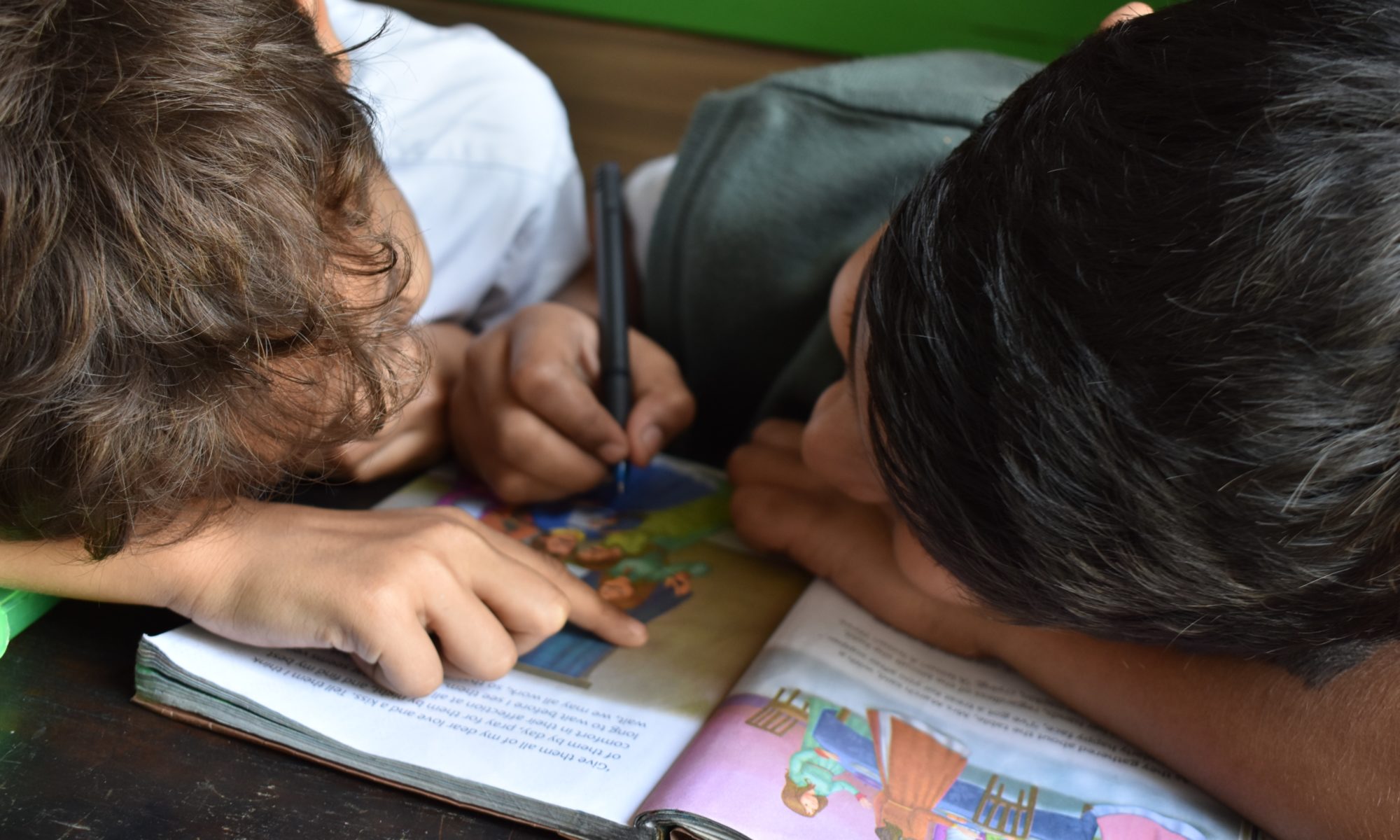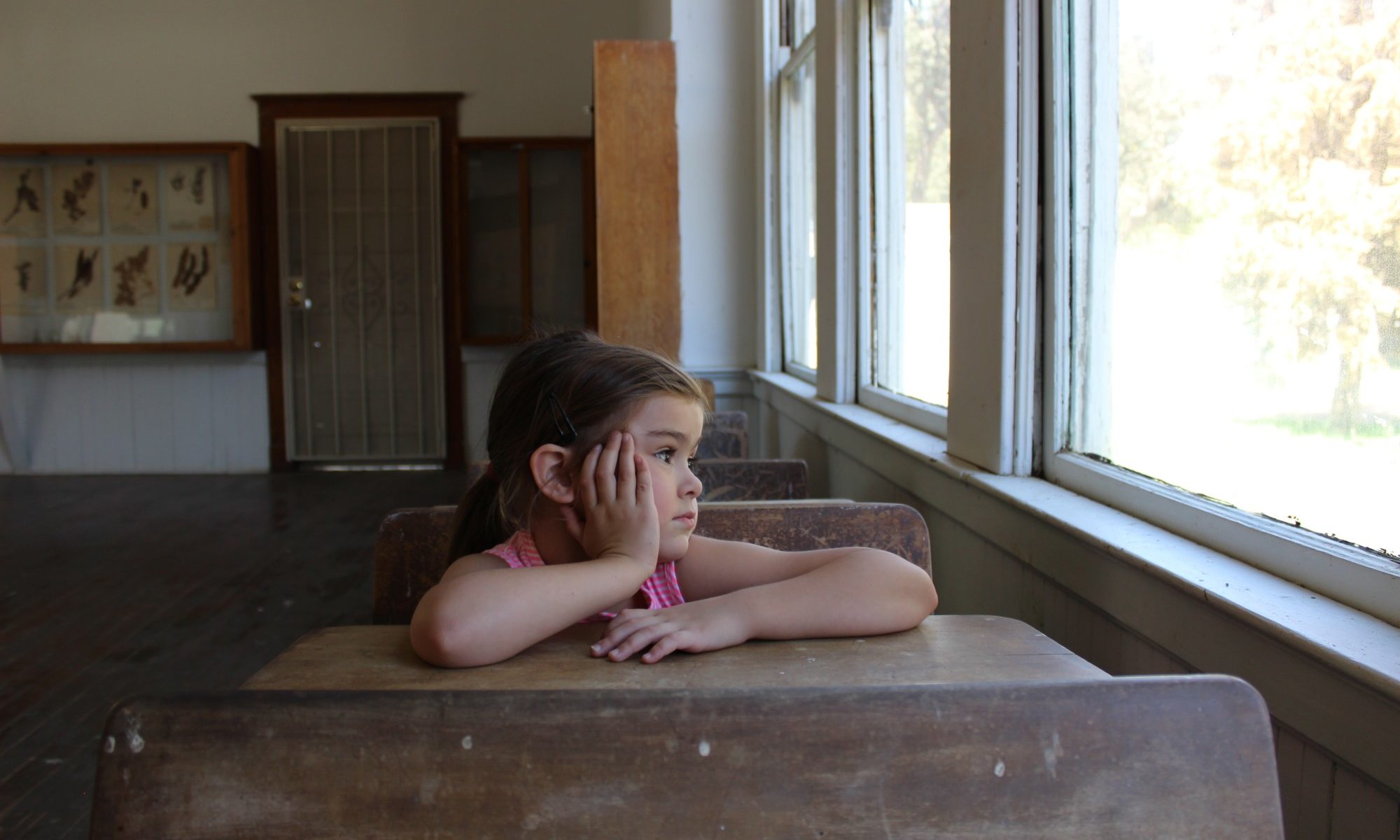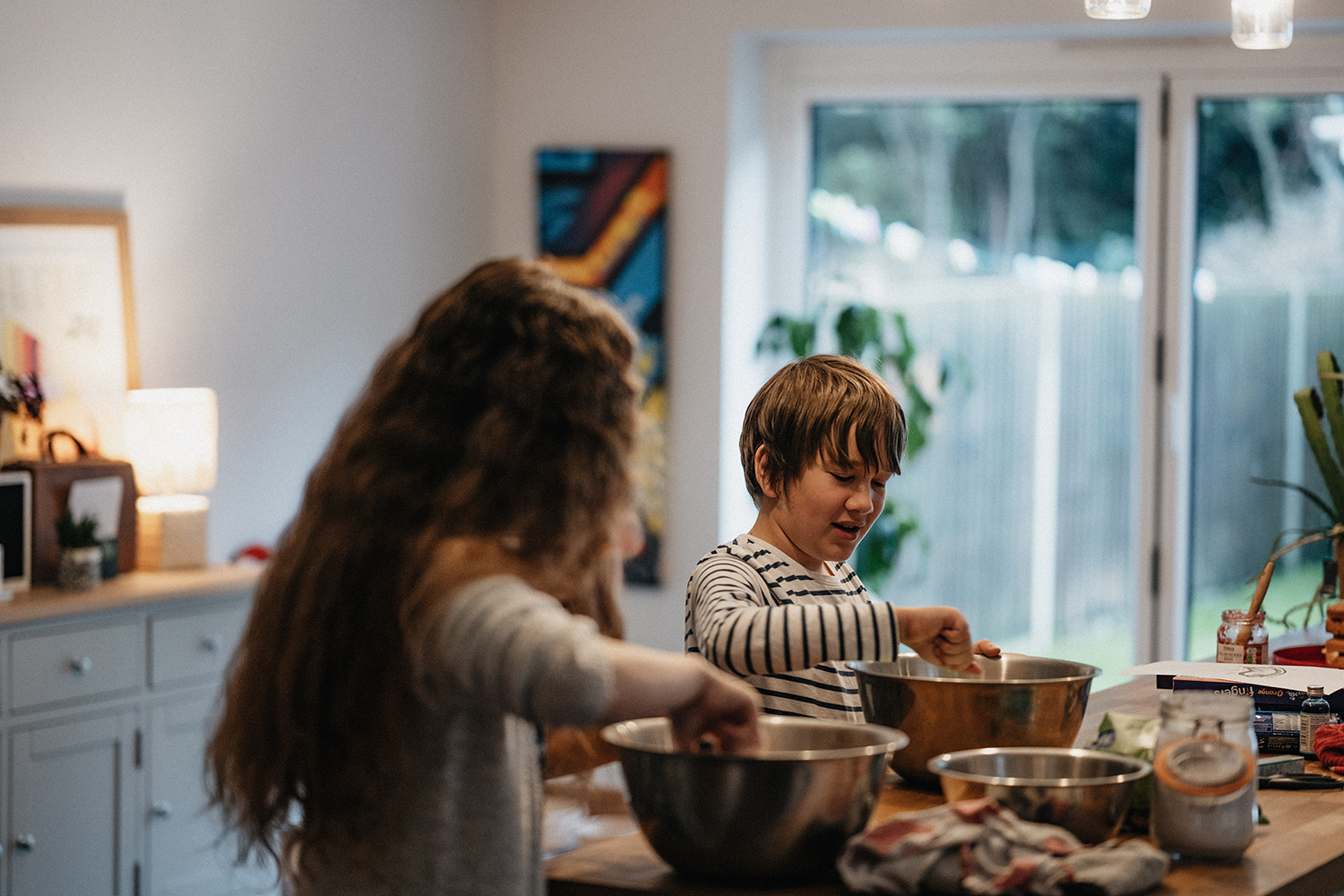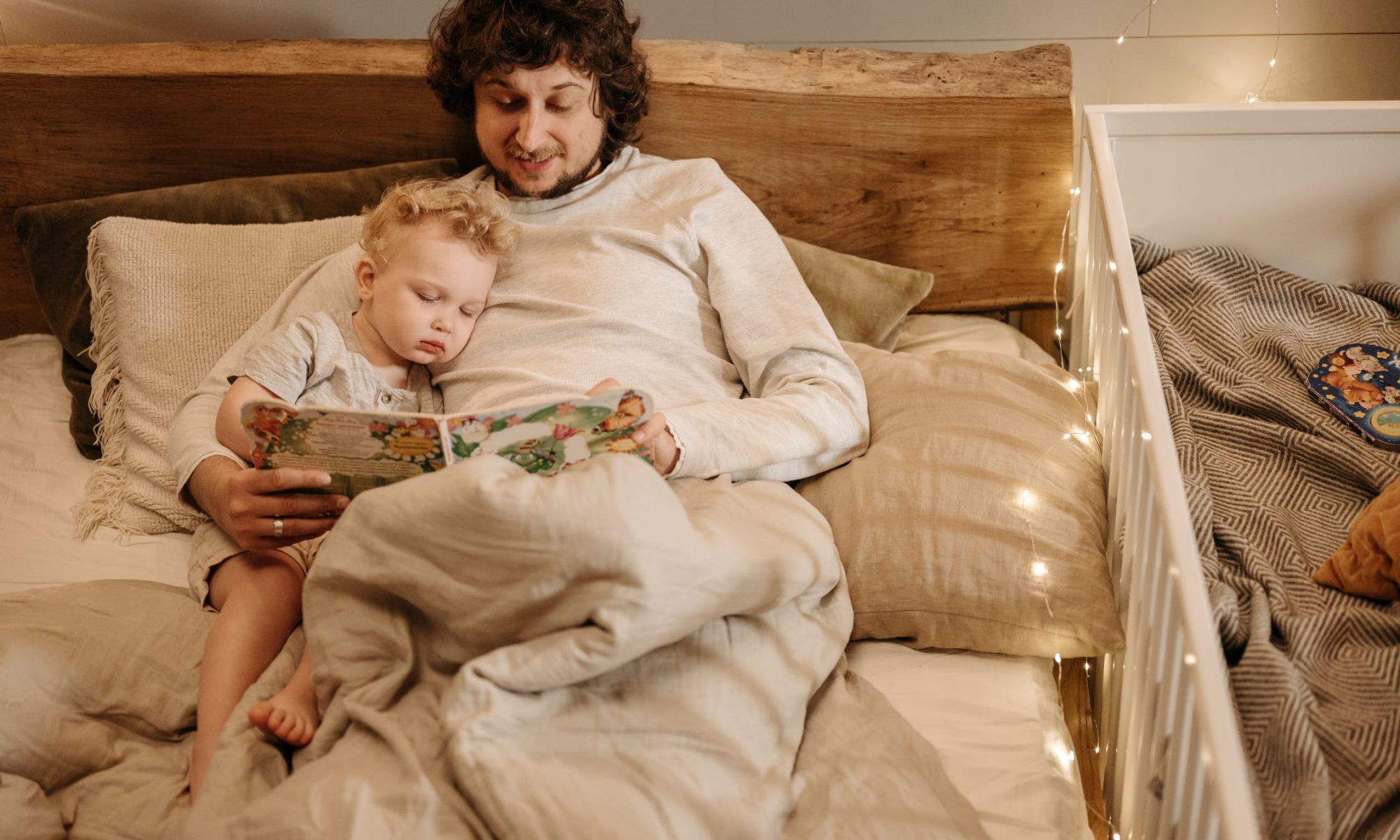Choosing to divorce or separate is never without its complications. There are often unique elements to this choice for every couple, with varying degrees of emotional, financial, and lifestyle impacts depending on your circumstances.
However, children are one key factor that undercuts this choice for everyone. It’s no secret that the choice to separate or divorce can profoundly impact your child’s growth, and may play a key role in how they develop into an adult.
This can be a paralyzing reality that many couples face when they choose to divorce or separate. Often leading to anxiety about how to best prepare, support, and nurture your child through this foundational change in your child’s, and your own lives.
Today we’ll be exploring the consequences of divorce or separation for children. Specifically, we’ll be taking a research and academic-based approach, to equip you with the information you need to make this transition in a healthy and supportive manner.
Do Not Fear the Headlines – The Truth About the Consequences
It’s vital that we first outline an important piece of information, before exploring the consequences a divorce or separation can have on your child. The important word in that sentence is “can”.
When parents research this topic, it is very easy to become alarmed. The truth is, there are many different aspects of your child’s life, growth, and personality that can be shaped by divorce or separation.
Yet, as is outlined in a wide range of academic papers on the subject, including “The Impact of Parental Divorce on Children’s Educational Attainment, Marital Timing, and Likelihood of Divorce” by Verna M. Keith and Barbara Finlay, these effects are merely more likely.
Unpacking The Statistics: An Example Dissected
To provide an example: Research has shown that children who have divorced or separated parents are more likely to be prone to mental illness later in life.
On the surface, that’s an alarming piece of information. Until you learn that the increase is merely a few percent. Meaning only a fraction of children with divorced or separated parents has suffered this consequence.
When reading the consequences below, you must keep this reality of statistics in mind. Your child may suffer none of these effects. They may not suffer these effects as a result of your divorce or separation either.
The overwhelming majority of research into this subject has underlined one key factor to a child’s future after divorce. If they have love, support, and a strong connection with their parents, then they have everything they need to grow into perfectly healthy adults.
Emotional Consequences
A divorce or separation will have many immediate emotional effects on your child. This may be the first time your child is faced with a range of emotions, especially depression, stress, and anxiety. Because of this, there is a range of emotional consequences that can present themselves.
Depression
Children often lack the introspective tools adults rely on to process a significant change in their lifestyles, such as a divorce or separation. Yet, research has shown that children will often become introspective regardless.
Because they are ill-equipped to properly process this sudden introspection, this can manifest itself as depression. It is common for children to blame themselves, and think they played a key role in their parent’s divorce.
In the long-term, research has reflected that children of divorce suffer a higher rate of depression in adult life.
Anxiety & Stress
Both anxiety and stress will be the most present consequence your child faces on an emotional level, as the result of a divorce or separation. If your child is under the age of eight, this is likely the first time they’ve experienced these two emotions as well.
Your child will likely become hyper-focused on the smaller parts of life. What’s for breakfast? Do I get a juice box? Can I play with my toys later? What are you doing?
Questions like this, whilst innocent on the surface (And expected from almost any child) are a sign your child is stressing out, or anxious, over small details. These questions will likely become more frequent as a result.
Lifestyle Consequences
Tackling lifestyle consequences is difficult, due to the broad nature of our lives. No two lives are the same, and the consequences your child will face as a result will differ. Yet, there is one key consequence that the vast majority of children will face as the result of a divorce or separation.
Two Homes – How to Adjust?
This is a complex topic, and we highly recommend you read our more in-depth article exploring this in more detail. However, we can provide some small insight into how to better handle this reality in the short term.
Honest and open communication is the key to helping your child adapt to suddenly having two homes. Simply be upfront with them, explain the situation, and provide your child with their own space in each home.
In the long term, our article goes into more detail. However, there are no research-based findings that suggest any lasting negative effects as a result of this lifestyle change.
Behavioral Consequences
Perhaps the most explored area of research for the consequences faced by children of divorce is behavioral consequences. This is primarily a result of how children, especially before their teenage years, primarily communicate.
As parents, we will be attuned to the behavior of our children. A shift in their typical behavior is easy to spot, and research has shown that a majority of children will present drastic shifts in their behavior in the short term.
These consequences include:
- Sudden destructive behavior,
- Arguing,
- Shouting, temper problems, or tantrums,
- Lashing out physically,
- Being quiet, not wanting to be around others,
- Crying.
These behavioral consequences are to be expected in the short term. Your child will be struggling with complex emotions. Research has shown that in the long term if left unchecked, this can lead to anger problems, depression, anxiety disorders, as well as a range of other mental illnesses.
In Conclusion
The consequences faced by children of divorce are diverse and complex. Presenting what can often feel like an impossible quandary at an already difficult time. Whilst the statistical likelihood of your child developing long-term negative effects is small, that likelihood still exists.
Thankfully, this reality is not without its silver lining. Now equipped with a broader understanding of the short-term and long-term consequences a divorce or separation can have on a child, you have the tools you need to provide support for this drastic change in your child’s life.
For more in-depth analysis on many of these topics, we highly recommend you browse our wealth of information on this topic.













